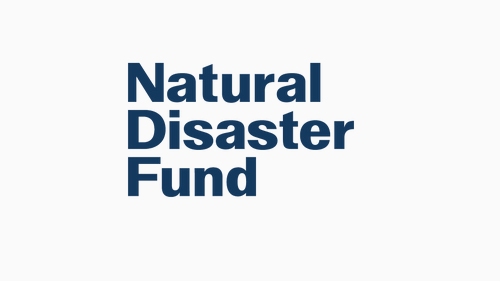Finance and insurance solutions Natural Disaster Fund (NDF)
Global Parametrics manages the NDF, covering the entire value chain from risk modelling all the way to risk coverage from the NDF. Global Parametrics seeks to build close partnerships with its clients from the private sector, developing holistic, multi-year approaches.
The NDF offers protection through adapted weather derivatives used by intermediaries to get coverage for their own activities and for their vulnerable beneficiaries in developing countries. Weather derivatives are an indirect form of coverage that is similar to insurance. Intermediaries can be microfinance institutions, non-governmental organisations and companies that work with the target group.
Following a disaster event, the NDF disburses the predefined payment to the intermediaries, which use it to assist the target group. Disbursement is triggered based on specific parameters (such as wind speed). There is no need to assess the damage in each individual case, as would be necessary with traditional insurance. This facilitates quick disbursement, enabling survivors to improve their living conditions swiftly.
At COP25 in 2019, NDF Deutschland was founded by the BMZ, KfW, Global Parametrics and Hannover Re, one of the world's leading reinsurance companies. NDF Deutschland works closely with NDF UK, which was launched by the United Kingdom in January 2018. Hannover Re has shouldered 50 per cent of the risk up to an amount of 100 million US dollars – a strong lever for the mobilisation of private capital.
The NDF thus provides an option for private investors (such as reinsurance companies) to contribute to covering disaster risks in markets which they have not entered yet. This is a promising new form of public-private partnership (PPP).
By the end of 2023, the Natural Disaster Fund had disbursed more than 18 million US dollars. Since its establishment, it has helped to strengthen the climate resilience of more than 43 million climate-vulnerable people in 61 countries. The target of the NDF is to provide protection against climate risks for 66 to 105 million vulnerable people by 2025.
As at: 23/10/2024
